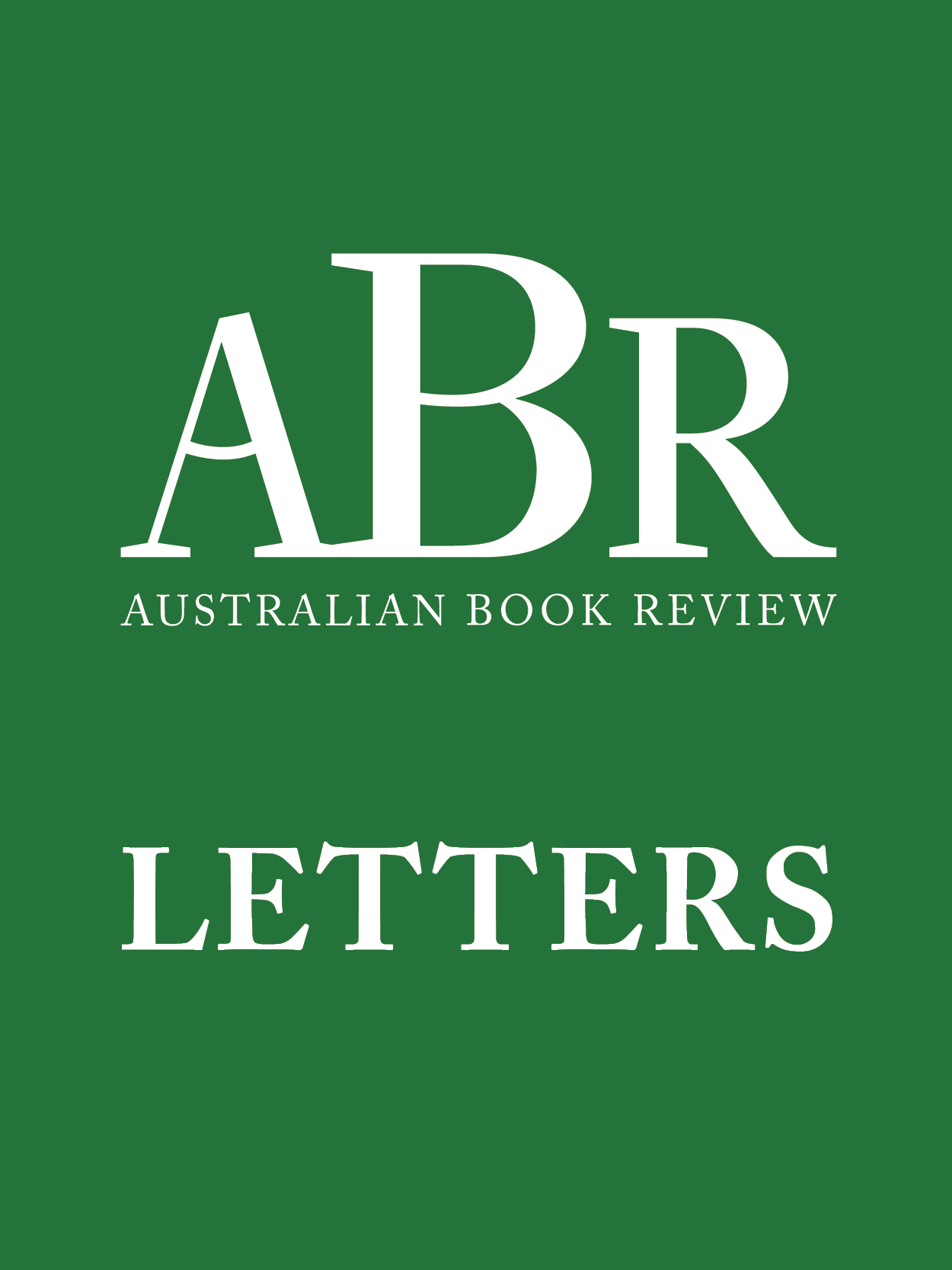The Crack in the Teacup: Reading Hilary Mantel
About a decade ago, I picked up a book because I liked the cover: bleak street, stark buildings, empty sky, a robed man, his back turned, in the distance; in the foreground, a woman in a burka looking to the left at something we can’t see. When the blurb promised me ‘a Middle Eastern Turn of the Screw, with an insidious power to grip’, I bought it. It gripped. In fact, it scared the living bejesus out of me. That was my introduction to Hilary Mantel’s writings. Since then, I have read nearly everything she has published.
Eight Months on Ghazzah Street (1988) is about a sensible young couple who, after years of humanitarian work in Africa, decide to go to Saudi Arabia to repair their fortunes. The husband will work on a seductively extravagant building project; the wife will read, write and relax in their pleasant, if mildly claustrophobic, apartment. Then small things begin to go wrong.
I read it, reread it, read it in slow motion, read parts of it backwards and still could not see how Mantel had done it. Nothing much happens, or nothing you see, but dread comes oozing down an empty stairwell, under a sealed door, into a quiet apartment. There is nothing you can do to resist it, even on the fourth reading. Then I read the other novels. One robust reviewer declared a couple of the more gothic ones, Every Day Is Mother’s Day (1985) and Vacant Possession (1986), to be comedies, and I remember laughing. At first. Others, such as Fludd (1989) and The Giant, O’Brien (1998), are overtly fables, but an insidious cruelty was their action engine, too. Finally, I arrived at the novel that Mantel had begun first, A Place of Greater Safety (1992). Set in the French Revolution, it has characters named ‘Maximilien Robespierre’ and ‘Camille Demouslins’, so I decided not to read it. As an historian, I am snooty about historical novels. Besides, I knew the plot. Now, after reading the memoir, I will read it.
I also read Mantel’s critical essays as they appeared in the London Review of Books and the New York Review of Books. They kept getting better and better, in their clarity and in a rarer quality that I can only describe as intrepid intelligence. One of the most recent, on V.S. Naipaul, deepened my understanding of his writings, which is what good literary reviews are about. Her assessment revealed hidden compatibilities. Mantel values Naipaul’s stylistic plainness because she practises it herself. She knows about dislocation and its costs and benefits, too. And they both know that injury is forever; that the people we damage remain forever dangerous.
Consider also this: ‘Naipaul has a genius for noticing, a genius for freezing the instant when meaning is born from the accidents of the everyday.’ Mantel shares that genius, though she takes a most ungenial view of accidents. Your ‘accident’ is waiting just for you. Sir Thomas Browne might warn: ‘When all looks fair about, and thou seest not a cloud so big as a hand to threaten thee, forget not the wheel of things’, but that is altogether too cosy a vision for Mantel. All is never ‘fair about’. There are always stirrings: intimations of danger made more unnerving by their mask of ordinariness. And there is no regulating wheel: only the sickening lurch from the everyday into horror. If you doubt me, read A Change of Climate (1994).
Continue reading for only $10 per month. Subscribe and gain full access to Australian Book Review. Already a subscriber? Sign in. If you need assistance, feel free to contact us.











Leave a comment
If you are an ABR subscriber, you will need to sign in to post a comment.
If you have forgotten your sign in details, or if you receive an error message when trying to submit your comment, please email your comment (and the name of the article to which it relates) to ABR Comments. We will review your comment and, subject to approval, we will post it under your name.
Please note that all comments must be approved by ABR and comply with our Terms & Conditions.